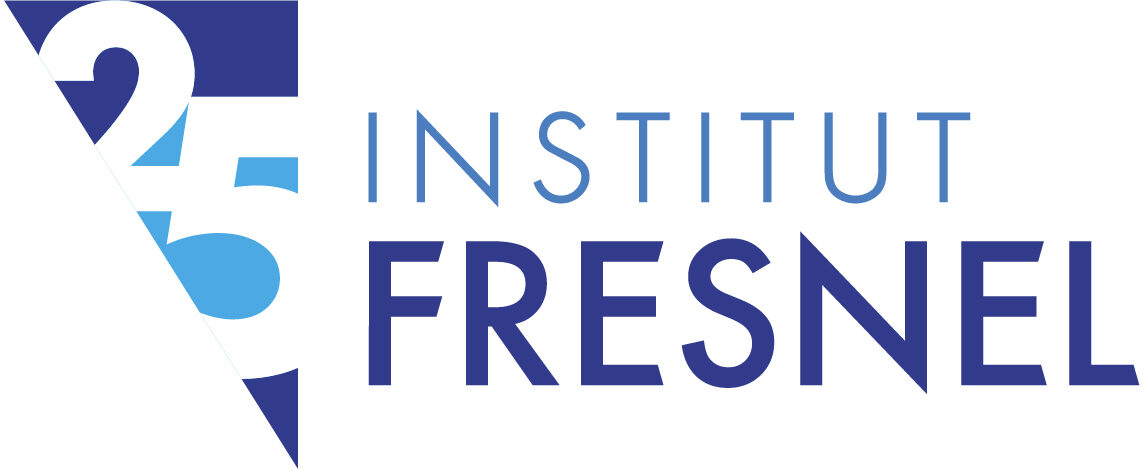Ravel Carlos de Miranda Pimenta PhD defense entitled “Non-Diffractive Bessel Beams for Near-Field Wireless RF Links” will take place on Friday, December 20, 2024, at 02:00 p.m. in Amphi Ponte, Campus de l’étoile, Marseille.
List of Jury members :
– Alessandra Costanzo, Professor, University of Bologne
– Walter Fuscaldo, Researcher, CNR
– Claude Amra, Director of Research, CNRS
– Gabriel Soriano, Assistant Professor, Aix Marseille University
– Mauro Ettorre, Professor, Michigan State University
– Matthieu Bertrand, Engineer, TRT Palaiseau
– Myriam Zerrad, Research Engineer, Aix Marseille University
– Pascal Pagani, Director of Research, CEA LETI
Abstract : This thesis explores the analysis of wireless links radiating non-diffractive Bessel beams, specifically operating in the near-field region of the electromagnetic spectrum. As wireless communication systems evolve to accommodate higher data rates, they expand their frequency and bandwidth into the millimeter-wave domain, leading to more frequent near-field operation. This expansion introduces new challenges. One significant challenge is mitigating the increased path losses inherent in these higher frequencies, primarily driven by the diffractive spreading of electromagnetic energy. Traditional approaches often rely on high-gain antennas to reduce these losses. However, this work investigates an alternative approach that uses non-diffractive Bessel beams to enhance the power transfer efficiency of a wireless link. These beams are of particular interest due to their non-diffractive propagation and self-healing properties, making them robust against obstructions. Bessel beams cannot be generated in real-life applications. However, a good approximation of them can be realized using finite apertures. These beams are called truncated Bessel beams, and they retain their non-diffractive properties within a region that lies in the near field. This research begins by establishing a theoretical framework for analyzing wireless power transfer efficiency in both near-field and far-field conditions, deriving a formulation to address partially obstructed links. The study then focuses on the characteristics of truncated Bessel beams. In subsequent chapters, the thesis explores a strategy to improve the efficiency of these beams by applying a linear phase modulation, with respect to the transverse radial coordinate, over the radiating aperture. Finally, this work presents the design and characterization of a novel Quasi-Bessel beam launcher, which employs a metasurface reproducing the effects of an axicon, combined with a horn antenna to produce a highly efficient, long-range transmitter.
Keywords : non-diffractive beams, Bessel beams, wireless power transfer, near-field, propagation, self-healing, diffraction, metasurfaces

